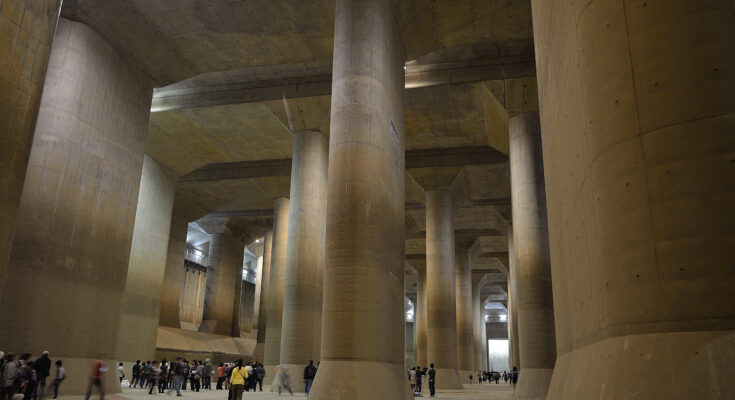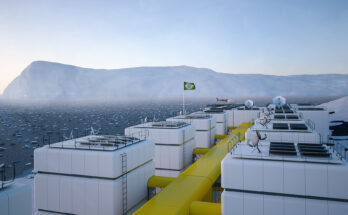Beneath the quiet surface of Kasukabe City in Saitama Prefecture, just north of Tokyo, lies a massive engineering marvel few people ever get to see—but one that could very well be the reason Tokyo stays dry during powerful storms. Officially known as the Metropolitan Area Outer Underground Discharge Channel, this enormous subterranean structure is the world’s largest underground floodwater diversion facility, and it plays a crucial role in protecting one of the most densely populated metropolitan regions on Earth.

Japan is no stranger to natural disasters. With typhoons, heavy seasonal rains, and frequent seismic activity, the country has developed some of the most advanced disaster-prevention infrastructure in the world. Among these, this underground flood control system stands out—not only for its sheer size but also for the incredible thought and engineering that went into its design.

The project took 13 years to complete, with construction beginning in 1992 and ending in 2006. Stretching 3.7 miles (6.3 kilometers) in length, this network of tunnels, silos, and massive water tanks lies between 50 and 70 meters underground—roughly the height of a 20-story building.
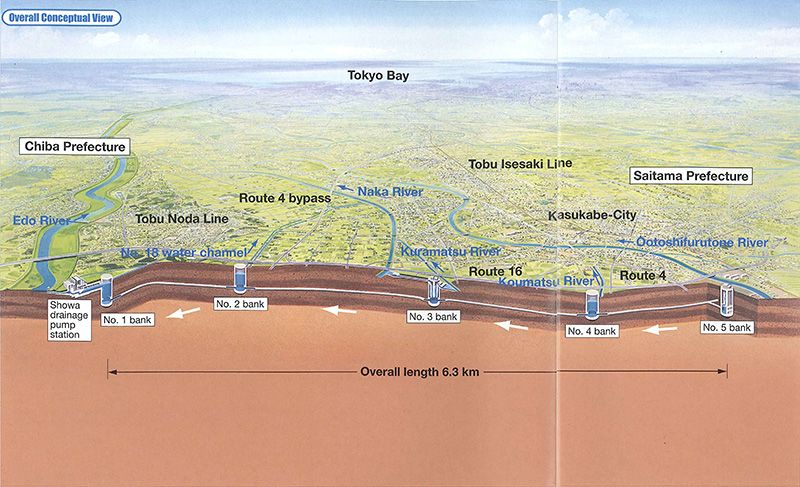
The system’s primary purpose is to prevent flooding in low-lying areas of Tokyo and nearby regions that are especially vulnerable to river overflows during typhoons and torrential downpours. It achieves this by diverting excess water from smaller, flood-prone rivers like the Kuramatsu, Naka, and Otoshifurutone Rivers and channeling it safely into the larger Edo River, which can handle higher volumes of water without overflowing.
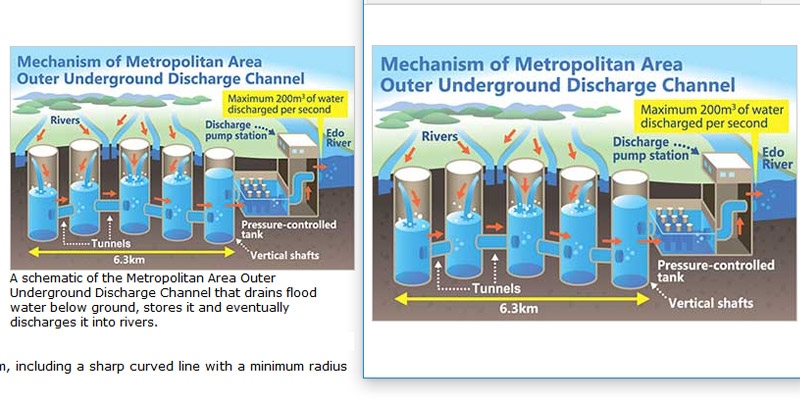
What truly makes this facility astonishing is its main water tank, often referred to as the “Underground Parthenon.” This enormous pressure-adjusting water tank measures 177 meters long, 78 meters wide, and 18 meters high. Inside, it features 59 massive concrete pillars, each weighing over 500 tons, creating a scene that looks more like a futuristic temple or movie set than a public works facility. Because of its dramatic, cathedral-like architecture, the tank has become a popular subject on social media and even a filming location for movies, documentaries, and commercials.

The entire facility can store up to 670,000 cubic meters of water at once—equivalent to about 268 Olympic-sized swimming pools. When heavy rainfall occurs, the water from the surrounding rivers is directed into five enormous vertical silos, each about 32 meters in diameter and 65 meters deep. These silos are connected by underground tunnels that carry the floodwater to the massive main tank. Once the storm subsides, powerful pumps—capable of pushing up to 200 cubic meters of water per second—transfer the stored water into the Edo River, thus preventing urban flooding in Tokyo’s suburbs.
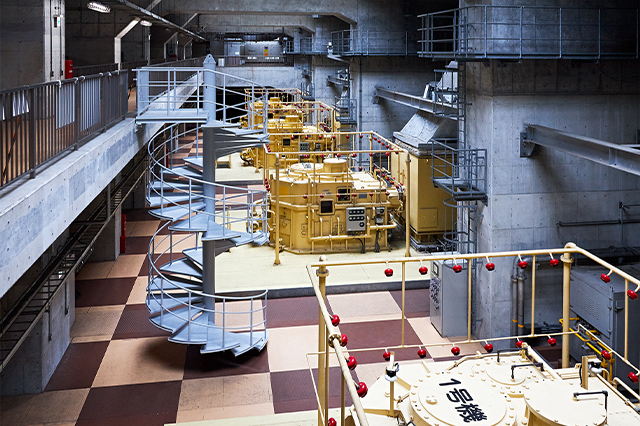
This system is a testament to Japan’s commitment to proactive disaster management. It protects lives, property, and infrastructure, while also showcasing how urban design and civil engineering can coexist beautifully with function and foresight.
Beyond its technical prowess, the Discharge Channel is also a symbol of resilience and innovation. It demonstrates how cities vulnerable to climate change and extreme weather can adapt through well-planned, large-scale infrastructure. With increasing rainfall patterns and storm intensities being reported globally due to climate change, many other countries are now studying Japan’s model to develop their own flood management systems.
Though not open to casual tourists, the facility does offer guided tours to the public at certain times of the year. These tours allow visitors to walk through the massive underground spaces and learn more about the critical role the structure plays in Tokyo’s urban defense system.
In the face of nature’s unpredictability, the Metropolitan Area Outer Underground Discharge Channel stands as a quiet guardian, buried deep beneath the earth—ready to take on the storm.
